March 2025 – Your Quick Guide to Virav Machinery’s Latest Industry Articles
We packed this month with practical pieces that cut through the jargon. Whether you run a textile unit, eye a steel contract, or just want to know why some cars flop, you’ll find straight‑to‑the‑point advice here.
Key Industry Spotlights
Textile profitability – We broke down the numbers behind India’s booming cloth market, highlighted the biggest revenue drivers, and flagged the competitive pressure that can bite profit margins.
Luxury fabrics – From Banarasi silk to Pashmina, the article explains why these textiles command premium prices and how artisans preserve value through craftsmanship.
Vehicle bans – A quick rundown of the models and engine types that are off‑limits on Indian roads, plus the environmental and safety reasons behind the restrictions.
Pharma focus – The AbbVie scandal revealed gaps in drug promotion practices, while our Cipla piece traced the family ownership that steers one of India’s biggest drug makers.
Pharmacy ownership – We listed the profit potential of running a pharmacy, the regulatory hurdles to expect, and tips for staying ahead of the competition.
Business Opportunities & Practical Steps
For anyone thinking about starting or scaling a manufacturing venture, the "7 Essential Steps" guide walks you through idea generation, design, prototyping, sourcing, production planning, quality control, and market launch. Each step is paired with a real‑world tip you can apply right away.
Our deep dive into India’s top steel producers highlights the five global giants that dominate supply chains, showing you where the demand spikes and how to align your own projects with their standards.
The chemical sector got two dedicated write‑ups: one maps the major export products—organic chemicals, specialty polymers, and more—while the other zeroes in on Vadodara, the city that combines logistics, skilled labor, and supportive policies to become a chemical hub.
Restaurant owners will appreciate the look at food processors: we explain why commercial kitchens rely on them for speed and consistency, and which models give the best ROI for busy eateries.
Finally, we explored two cautionary tales: the "Failed Cars in India" analysis uncovers why pricing, feature gaps, and brand perception can sink a launch, and the "No. 1 Textile City" piece reveals why Surat’s ecosystem—raw material access, skilled weavers, and export channels—keeps it ahead of rivals.
All these posts share a common thread: actionable insight without the fluff. Bookmark this archive, revisit the articles that match your interests, and use the takeaways to make smarter decisions in your own business.
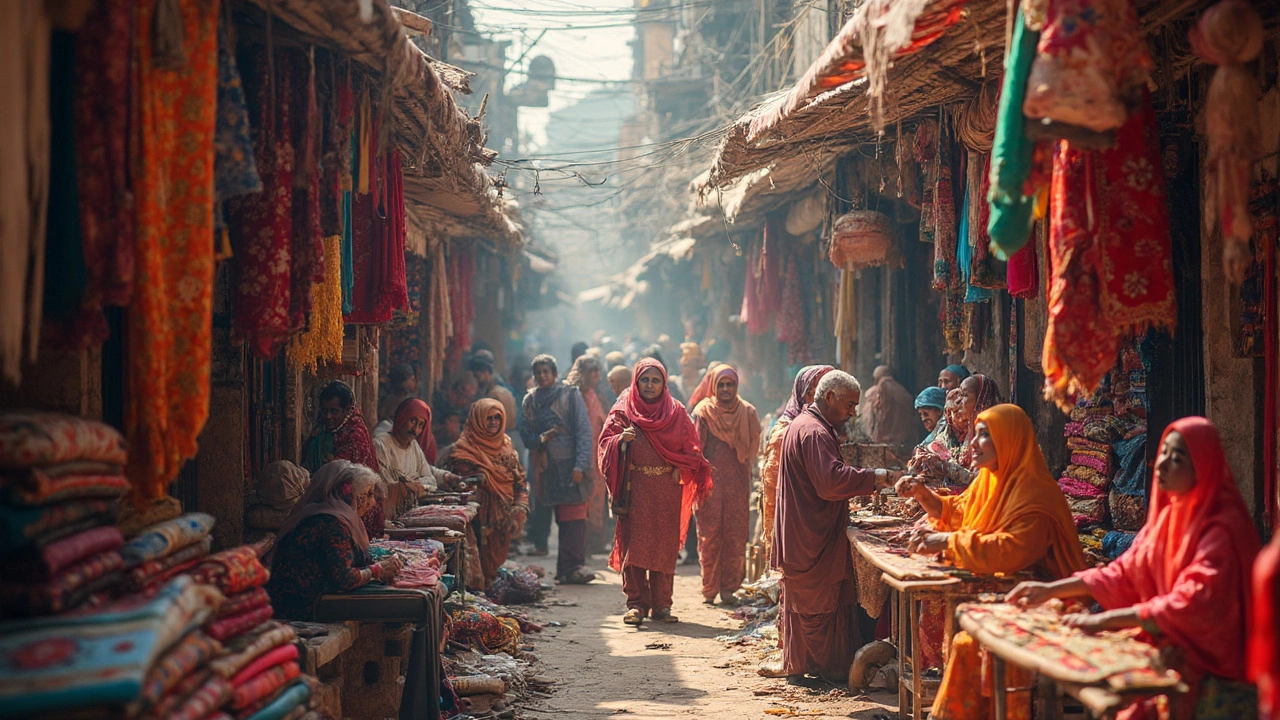
How Profitable is the Textile Business in India?
The textile business in India is bustling with potential thanks to a large domestic market and growing export opportunities. With its rich tradition of craftsmanship and a wide variety of raw materials, India’s textile industry has been a staple of economic growth. However, like any business venture, it faces challenges like competition and fluctuating demand. We dive into what makes this industry tick, exploring both its profit potential and the hurdles one might encounter.
Read More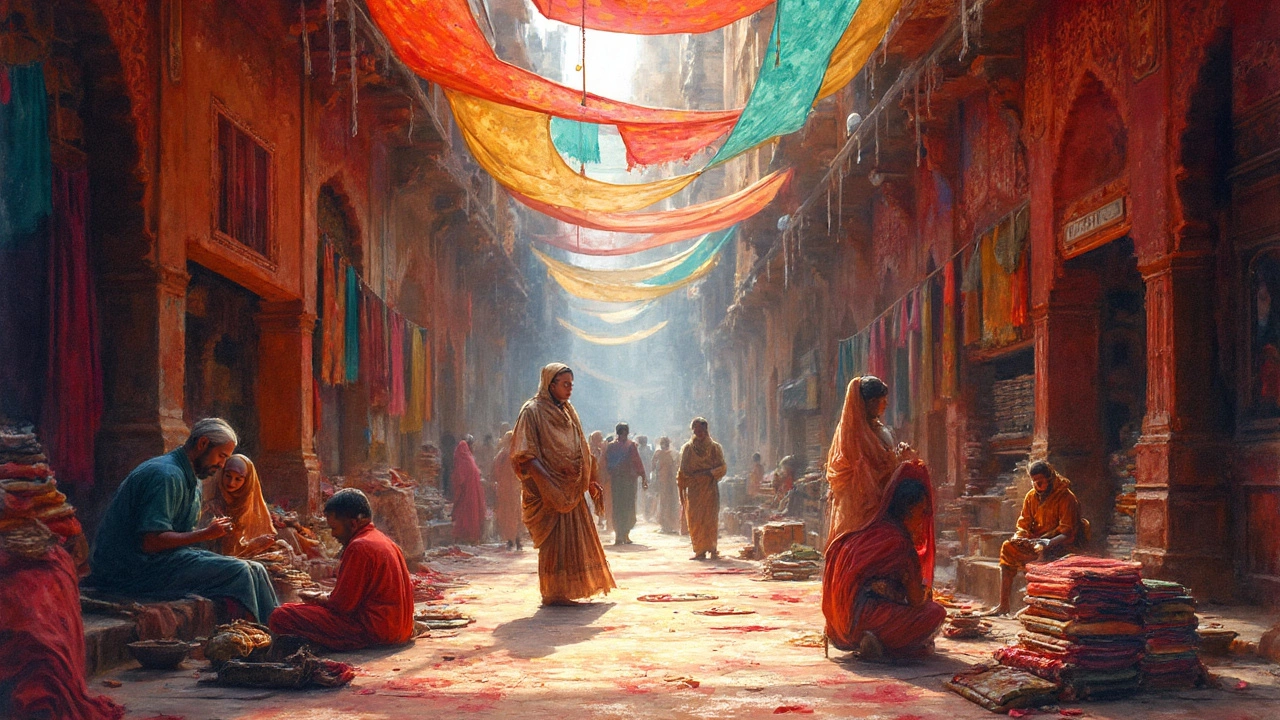
Most Expensive Fabrics in India: A Look at Luxury Textiles
India is home to some of the world's most luxurious and expensive textiles. From the opulent Banarasi silk to the intricate craftsmanship of Pashmina, these fabrics are not only a reflection of the country's rich heritage but also an expression of artisan skill. Dive into the world of premium Indian textiles, exploring what makes them so uniquely valuable. Discover the interesting facts and unique properties that contribute to their high price tag.
Read More
Banned Vehicles in India: What's Not Allowed on the Roads
In India, several vehicles are banned from the roads due to safety, environmental, and regulatory reasons. The list includes old diesel vehicles, those not meeting emission standards, and some modified cars. Understanding these bans is crucial for manufacturers, dealers, and consumers to avoid legal complications and promote better air quality. This article explores the criteria and categories for these bans, providing insights into how the regulations impact the automobile landscape.
Read More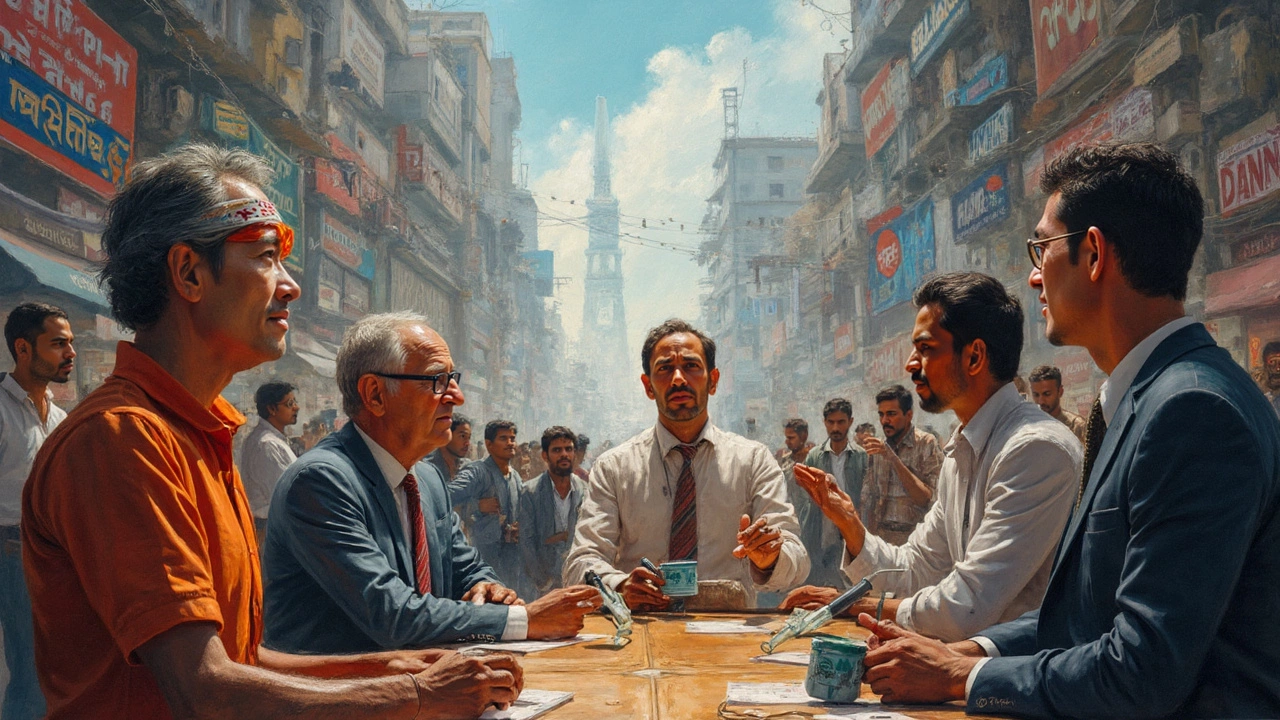
AbbVie Scandal: Unraveling Pharma Missteps in India
The AbbVie scandal has surfaced significant concerns over pharmaceutical practices in India, spotlighting issues such as unethical promotions and questionable drug approvals. With the involvement of influential entities, the scandal reveals the complex dynamics between global pharma leaders and Indian regulations. This article explores the origins, the key players, and potential repercussions for the industry. Understanding the scandal helps to grasp the broader implications on public trust and regulatory frameworks.
Read More
Owning a Pharmacy in India: Is It Profitable?
Owning a pharmacy in India can be a lucrative venture given the country's booming pharmaceutical industry. A combination of increasing healthcare needs and a growing population makes it a potentially promising business. However, understanding the regulatory environment, managing supply chains, and ensuring competitive pricing are crucial. While lucrative, owning a pharmacy also involves significant challenges such as navigating bureaucracy and dealing with competition.
Read More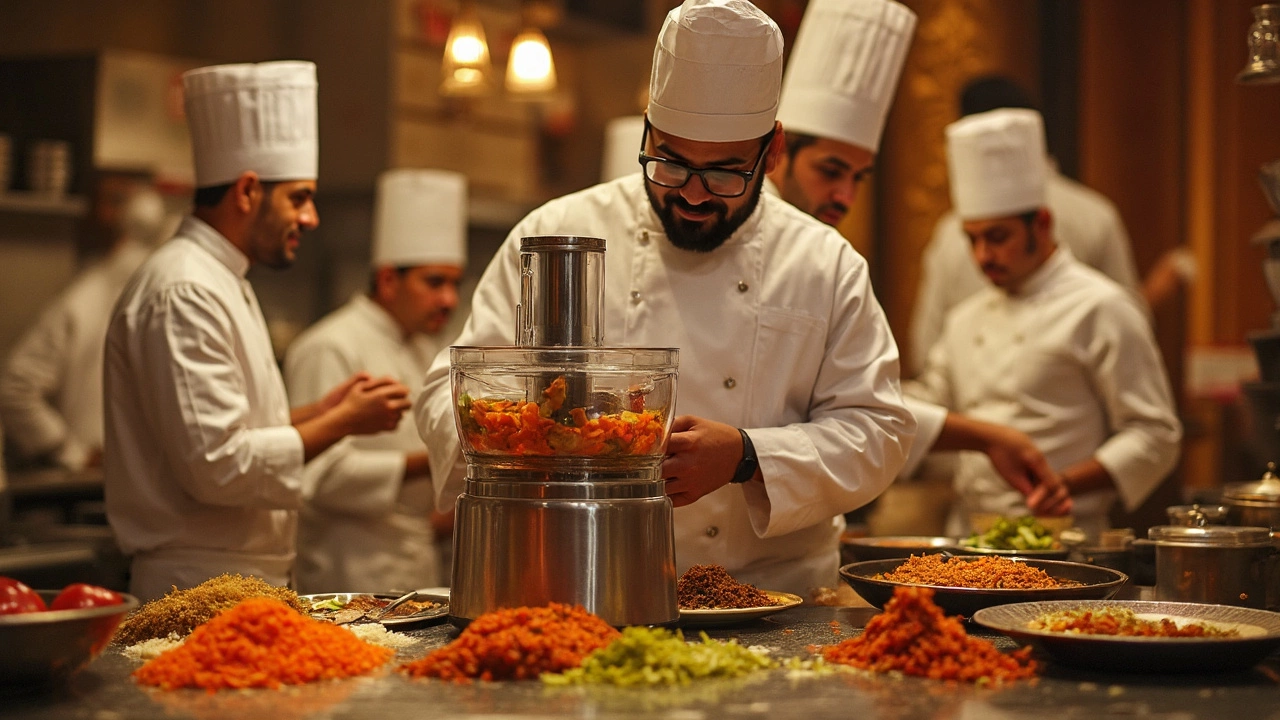
Do Restaurants Use Food Processors?
Ever wondered how your favorite restaurant whips up meals with such speed and consistency? It's not just about having a skilled chef at the helm; food processors are often the unsung heroes behind the scenes. From slicing to dicing, these machines save time and ensure uniformity in every dish. Restaurants rely on food processors to enhance efficiency and elevate the dining experience.
Read More
7 Essential Steps in the Manufacturing Process
Exploring the key steps in manufacturing is crucial for any budding entrepreneur in the industry. This article outlines the seven essential steps from ideation to actualization, providing insights into each stage of the process. Learn how to transform a concept into a tangible product efficiently and effectively. Whether you're new to manufacturing or looking to refine your process, these steps offer a practical roadmap to success.
Read More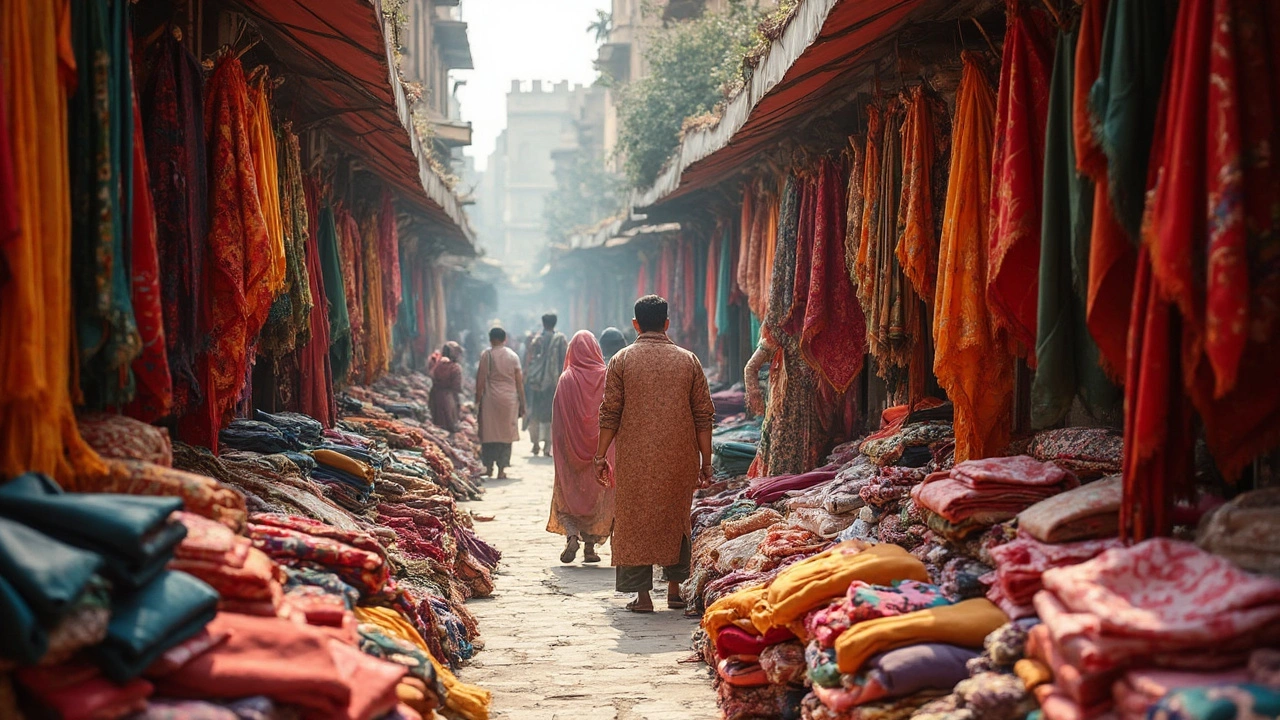
Unveiling India's No. 1 Textile City
Ever wondered which city stands as the textile hub of India? Known for its vibrant markets and bustling industry, quite a few places could fit the bill, but one city consistently tops the charts. This article dives into what makes this city the powerhouse of fabric production, showcasing its manufacturers, products, and how it stacks up against global competition.
Read More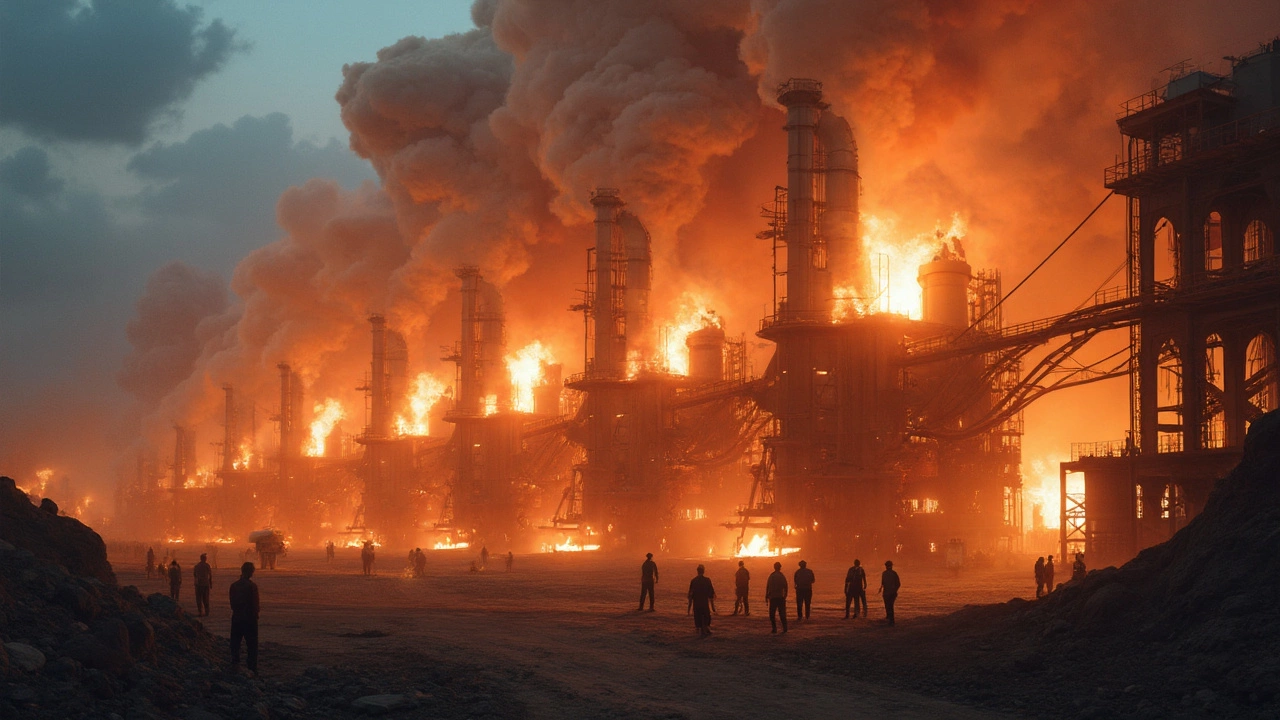
Top Steel Producers: Unveiling the 5 Giants
In the world of steel production, a handful of giants dominate the market. This article dives into the five largest steel producers globally, highlighting their market impact and production capabilities. With steel being a backbone of modern infrastructure, understanding these key players provides insights into global industrial trends and economic powerhouses. From their innovative processes to geographical influence, learn what sets these producers apart.
Read More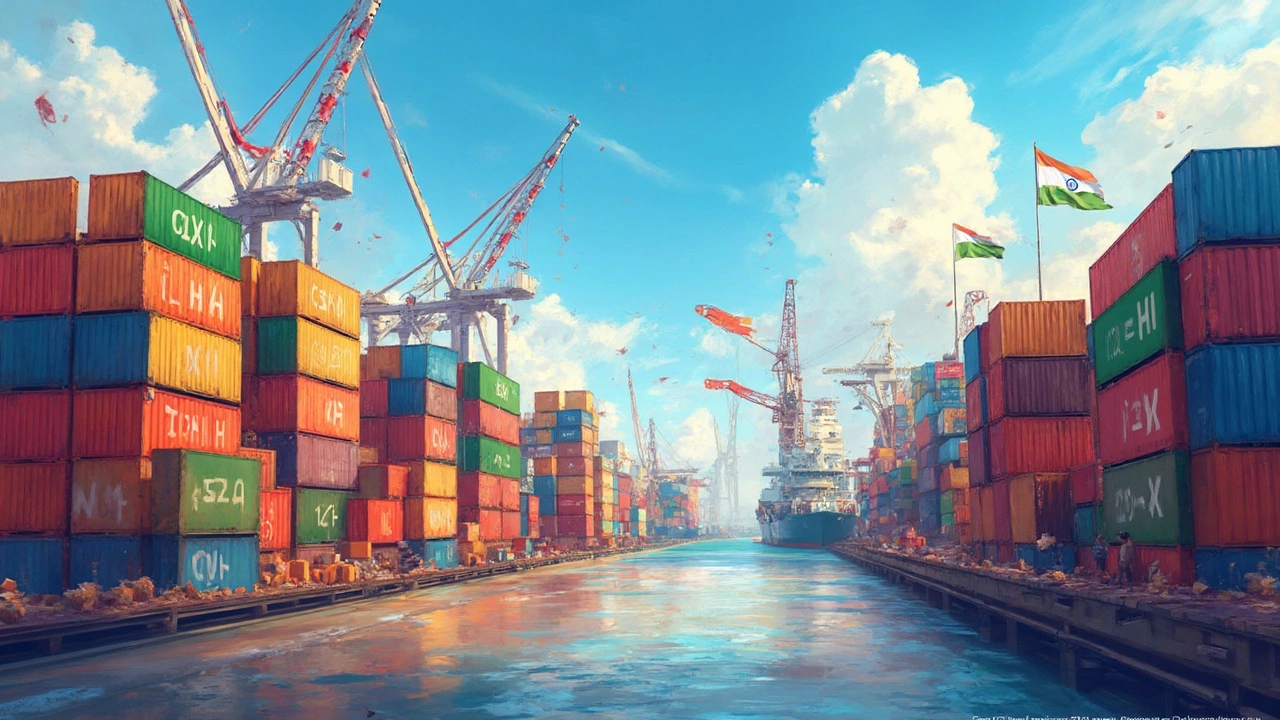
India's Chemical Export Industry: A Closer Look
India's chemical export industry is booming, with diverse products reaching global markets. From organic chemicals to specialty items, the sector plays a key role in India's economy. This article explores the major chemicals India exports, the dynamics of its export market, and interesting facts on how these products impact global industries. Understanding these can benefit international trade partners and potential investors.
Read More
Discover India's Hub for the Chemical Industry: Vadodara
When it comes to the chemical industry in India, Vadodara stands as a significant player. Known for its strong industrial base, the city hosts numerous chemical manufacturing companies. Vadodara's location and infrastructure make it ideal for large-scale chemical production. Whether you're a business looking to source chemicals or a student researching industrial cities, Vadodara's role in the chemical sector offers valuable insights.
Read More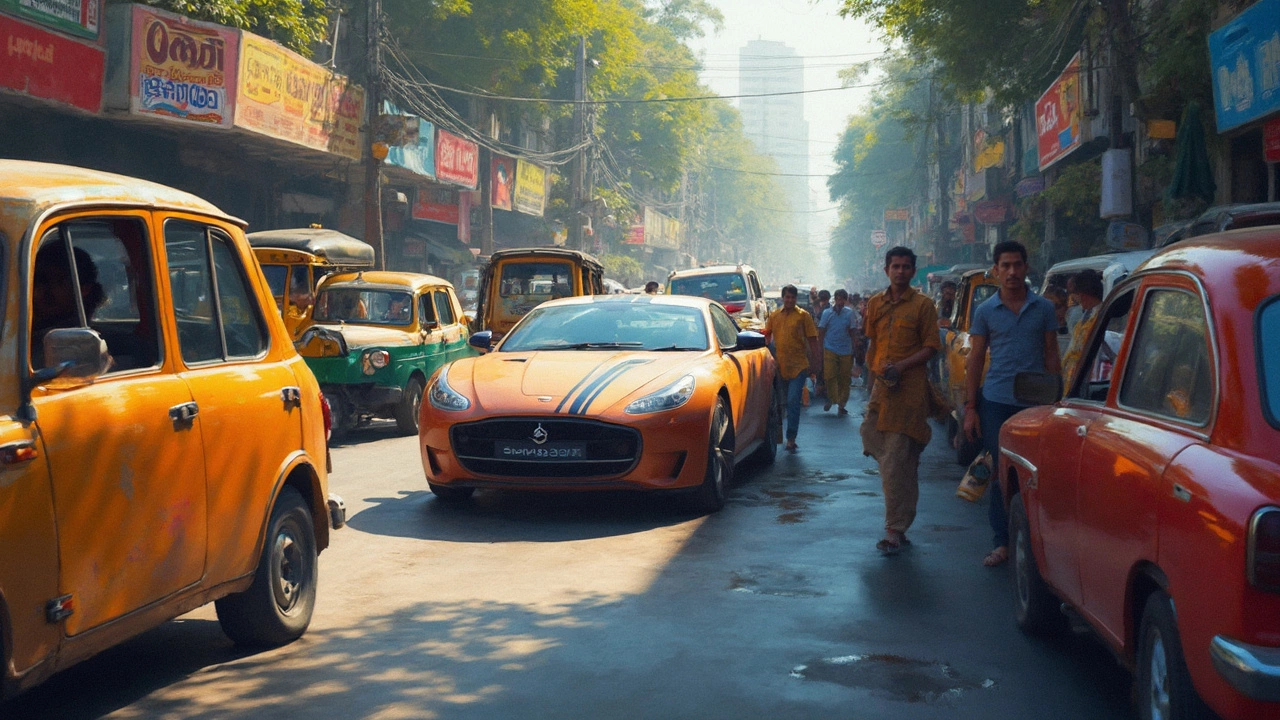
Failed Cars in India: A Look at the Automobiles That Couldn’t Make It
Not every car launched in India manages to turn heads—or profits. Various factors like pricing, lack of features, or stiff competition can lead to a car’s downfall. In this article, we explore some automobiles that couldn’t meet expectations in the Indian market. Learn the reasons behind their failures and what manufacturers can learn from these mishaps. It’s not just about engine power or sleek designs; understanding consumers is key.
Read More